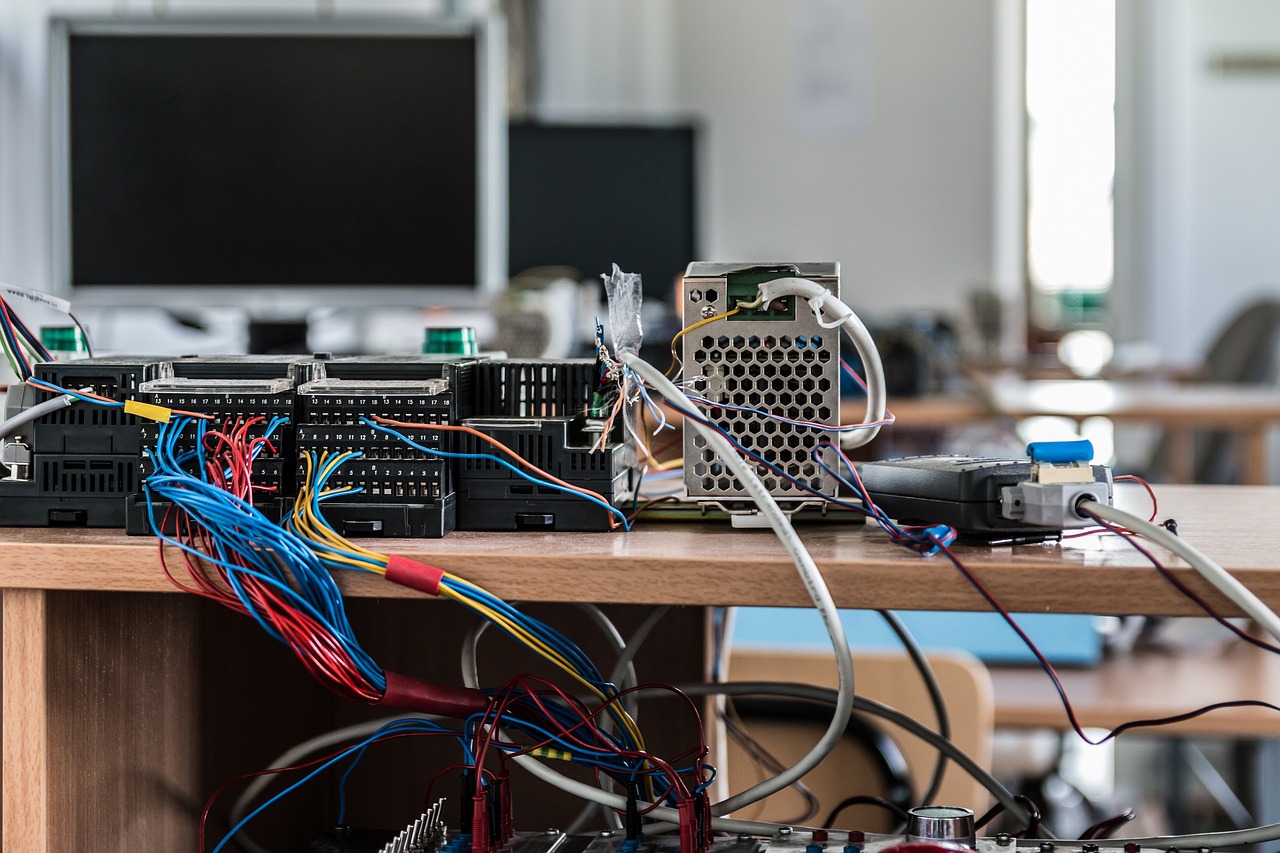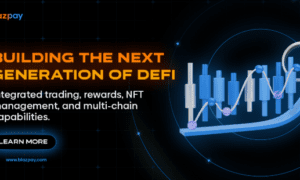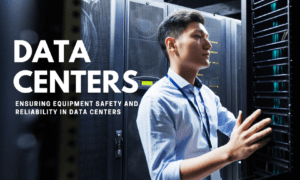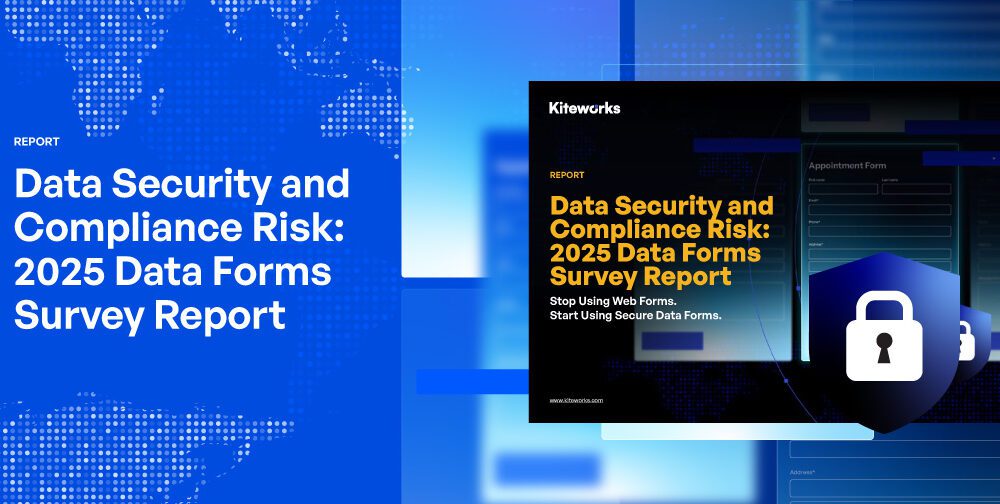In today’s digital enterprise, HR departments are rapidly evolving from people-centric administrative hubs to data-driven strategic functions. From AI-powered recruitment tools to robotic process automation (RPA) in onboarding, HR tech stacks are now populated with a growing number of non-human entities—automated tools, bots, APIs, and machine learning models—all designed to boost efficiency, accuracy, and engagement.
However, as these machine-powered processes expand, they also introduce a new class of security and compliance risk that is often overlooked: machine identities. While most organizations focus on managing human access to HR systems, few have robust processes in place to govern who or what is behind the machines accessing sensitive employee data.
This is where machine identity management steps in as a vital, though under-recognized, component of modern HR tech infrastructure.
What is Machine Identity Management?
Machine identity management refers to the creation, validation, monitoring, and decommissioning of digital identities used by non-human entities to interact with systems and data. These entities include:
- Bots (e.g., HR chatbots, RPA bots)
- AI and ML models
- APIs and integration services
- Scripts and scheduled tasks
- IoT devices (in some advanced HR environments)
Each of these components may require credentials, tokens, or digital certificates to operate securely. Without proper identity governance, they can become vectors for data breaches, unauthorized access, and compliance violations.
The Rise of Machines in the HR Workflow
HR tech has embraced automation and AI to solve long-standing pain points:
- Recruiting: AI-powered systems search candidates and chatbots screen them, schedule interviews, and provide status updates
- Onboarding: RPA bots create accounts, assign training modules, and update payroll systems.
- Employee engagement: Sentiment analysis tools monitor employee feedback and flag issues in real-time.
- Performance reviews: Algorithms assist in reviewing productivity, behavior, and engagement metrics.
All of these systems handle highly sensitive employee data—names, salaries, social security numbers, health benefits, and more. And many of these tasks are now being executed, at least in part, by machines that operate independently of human oversight.
Even platforms like Hibob, a rising HR tech platform known for its intuitive interface and modern people management features, now include AI and automation capabilities. Hibob reviews frequently praise its ability to streamline HR tasks, but like any powerful platform, it requires a layered approach to identity governance. That includes not just who logs in, but which bots or integrations access HR data behind the scenes.
The Overlooked Risk: Unmanaged Machine Identities
Most organizations have Identity and Access Management (IAM) policies in place for employees and contractors. However, these policies often fail to account for machine identities. This oversight creates significant risk:
1. Orphaned Credentials
When bots or scripts are decommissioned, their credentials often remain active in systems, creating backdoors for malicious access.
2. Shared Secrets
Many teams use shared API keys or certificates across multiple bots or environments, which makes it impossible to trace who or what accessed data.
3. Lack of Visibility
HR and IT leaders often don’t have a clear inventory of all machine identities operating within their HR ecosystem.
4. Compliance Exposure
Untracked machine activity can lead to non-compliance with regulations like GDPR, HIPAA, and SOX, all of which demand strict auditability and access controls for sensitive data.
Real-World Consequences
Consider an AI tool used to analyze employee feedback. If the API token used to access internal survey results is leaked or misused, it could expose personal opinions, grievances, and behavioral data, leading not only to internal trust issues but also to legal consequences.
In another scenario, an RPA bot responsible for processing payroll data may have access to multiple backend systems. If the bot’s identity is compromised, the attacker could potentially exfiltrate salary information or reroute payments.
These are not hypothetical situations—they are emerging risks in enterprise environments where automation is scaling faster than security practices.
Compliance and Auditability: Not Just a Checkbox
Global regulations increasingly emphasize data accountability. GDPR, for example, requires data controllers to know who accessed personal data, when, and why. That “who” is not limited to human users. If a bot accessed a terminated employee’s health information during a routine sync, the organization needs to be able to answer:
- Who authorized the bot’s access?
- Was the bot’s access time-limited?
- Was the action logged and reviewed?
Without proper machine identity management, these questions are almost impossible to answer with confidence.
Best Practices for Managing Machine Identities in HR Tech
1. Inventory All Machine Identities
Start by discovering and cataloging all non-human identities interacting with your HR tech stack. This includes bots, APIs, automation scripts, and third-party integrations.
2. Enforce Identity Lifecycle Management
Just like with employees, machine identities should have a defined lifecycle—creation, validation, regular rotation of credentials, and decommissioning.
3. Use Role-Based Access Controls (RBAC)
Don’t give bots blanket access. Assign roles and permissions narrowly, and review them regularly.
4. Rotate Secrets and Certificates
Implement automated rotation for API keys, tokens, and certificates to reduce the risk of misuse.
5. Audit and Monitor Activity
Set up logs that track machine identity activity across HR systems. Use anomaly detection tools to flag unusual behavior.
6. Collaborate Across Teams
HR, IT, security, and compliance teams need to work together to build policies that account for both human and non-human identities.
Future Outlook: Where HR Tech Meets Zero Trust
As HR platforms become more integrated and AI-driven, Zero Trust Architecture (ZTA) will become the gold standard, not just for user access, but also for machines. In ZTA, no identity is trusted by default, and every access request must be verified. Applying these principles to machine identities will help HR departments stay resilient in the face of rising digital complexity.
Emerging technologies like Decentralized Identifiers (DIDs) and Verifiable Credentials (VCs) may soon allow machine identities to prove their legitimacy without relying on centralized credential stores, further enhancing security and auditability in HR systems.
Conclusion: HR’s New Responsibility
In a world where HR tech is becoming smarter, faster, and more automated, the definition of “identity” must expand. It’s no longer just about managing people. It’s also about managing the machines that work alongside them.
Machine identity management is not a backend IT concern; it’s a core component of secure, compliant, and future-ready HR operations. HR leaders who understand and embrace this shift will be better positioned to protect their people, their data, and their reputation.



































